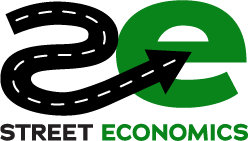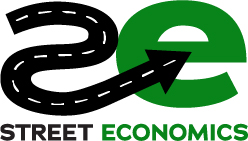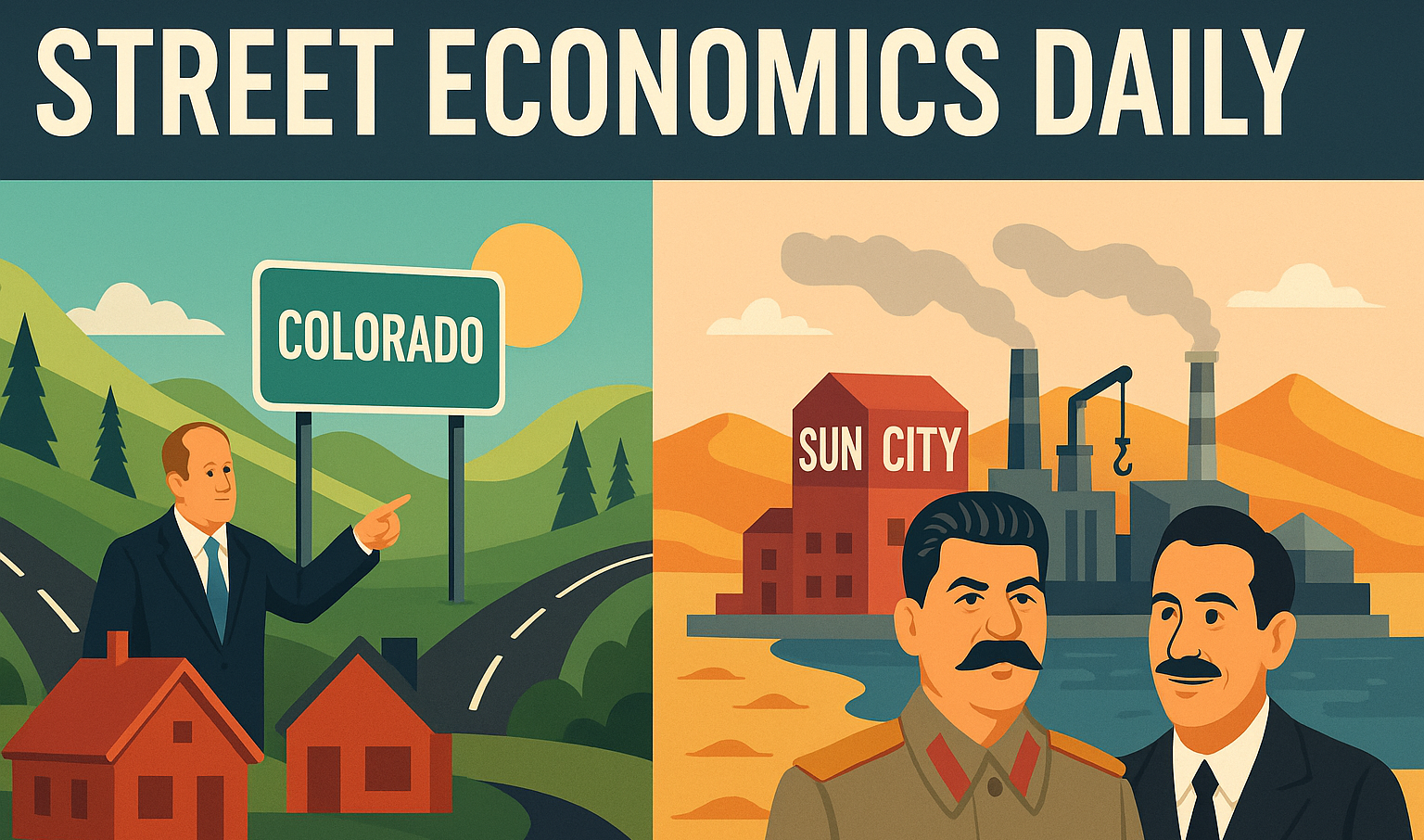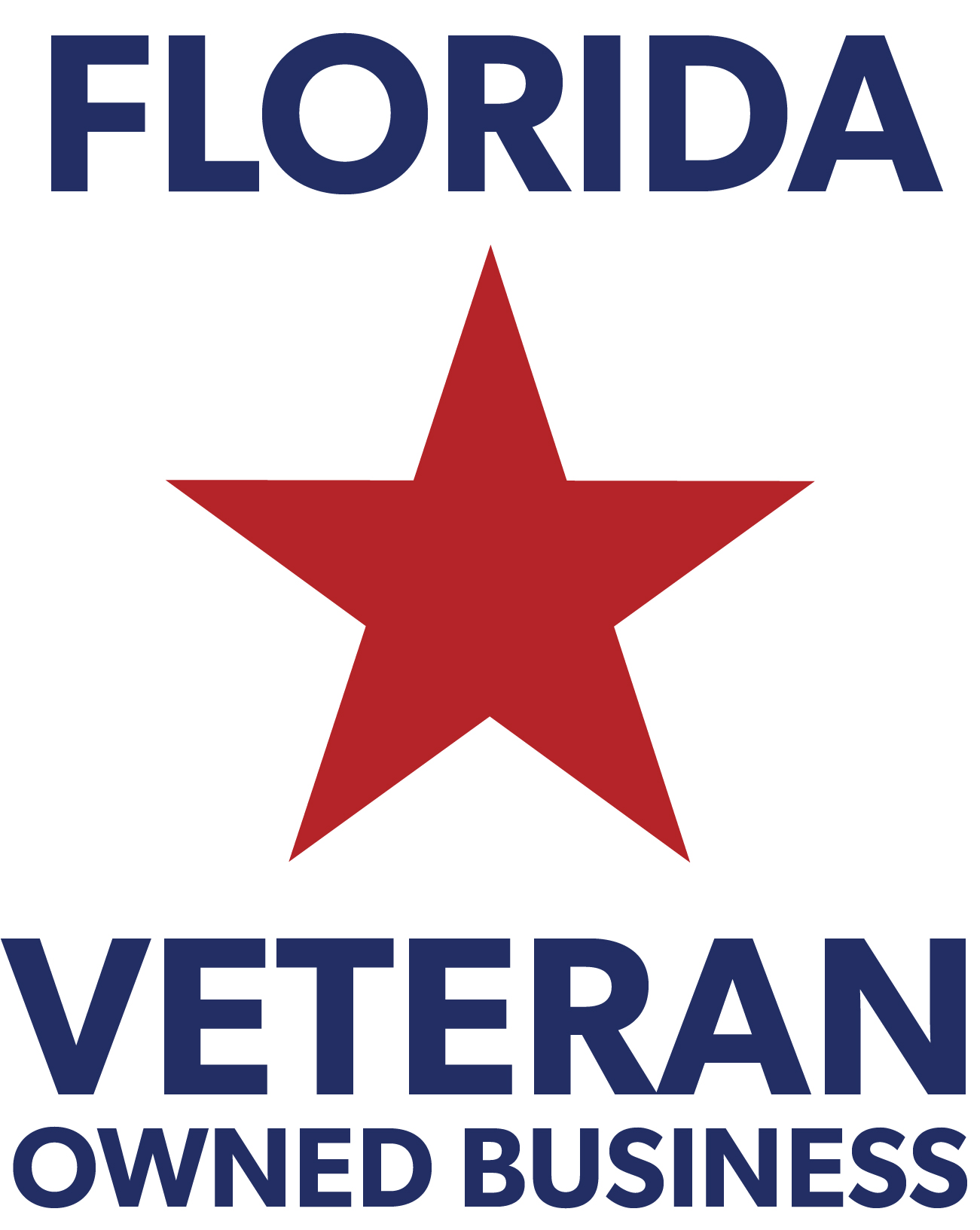BusinessFlare Take
Housing Ultimatum: Colorado’s governor is effectively telling cities “rezone or lose out.” Gov. Jared Polis signed an order tying over $100 million in state grants to local compliance with new housing laws. The state passed measures to allow denser housing (even single-staircase apartment buildings) and ban NIMBY tricks like occupancy limits and excessive parking mandates. Some defiant towns cried foul at this “heavy-handed” approach, preferring local control (i.e., dragging their feet). Polis’s message: fall in line on upzoning and ADUs, or kiss those transportation and energy grants goodbye. It’s an astonishing role reversal – the state holding the purse strings on basic city projects to force an urban housing fix. Economic development officials everywhere should note this carrot-and-stick gambit. When a city’s resistance to housing growth threatens state goals, the state might just dangle funds and then snatch them away until NIMBYland gets its act together. In short, Colorado’s not asking anymore – it’s using cash leverage to break local logjams and finally get homes built.
Street Economics Insight
Smelter Reborn: The first new American aluminum smelter since 1980 is headed for Oklahoma, of all places – and it’s a case study in spotting opportunity. Emirates Global Aluminium (EGA) is investing $4 billion to build a massive plant at a Tulsa-area industrial park, lured by cheap land, a river port, and political red carpet treatment. This will double U.S. aluminum capacity and create thousands of jobs, not in some coastal metropolis, but in flyover country. A Street Economics Opportunities tool would show why: Oklahoma had the right mix of power infrastructure, transport links, and pro-business hustle to beat out the usual suspects. Too many cities chase the same shiny tech fads while ignoring their unique assets. Want a piece of the onshoring boom? Use a data-driven City Comparison or Economic Drivers analysis to identify your comparative advantages (maybe it’s logistics, energy, or workforce skills) instead of copy-pasting Silicon Valley dreams. Oklahoma didn’t land this mega-project by accident – it knew its strengths and pitched them hard. The lesson for local leaders: do your homework and play to your strengths. The next time a giant industry play is up for grabs, a little economic intel on your city’s drivers could turn your cornfields into a $4B jackpot.
Drama Meter Reading
Drama Meter: 9.0 – City of Key West Florida’s building department went from bureaucratic backwater to true crime podcast over the last month. The city’s chief building official, Raj Ramsingh, racked up a staggering nine felony indictments for fraud and was still on paid leave until this week. After a hearing, the city finally suspended him without pay indefinitely – a polite way of saying “you’re done here”. Ramsingh stands accused of an “organized fraud” scheme (a first-degree felony carrying 30 years max) and a slew of related charges for allegedly falsifying building permits and even deleting evidence when investigators came knocking. In a letter to Ramsingh, the city manager basically said (CYA) they can’t risk him stepping foot in the office given the egregious misconduct outlined. You know your city’s in trouble when the guy approving construction is allegedly running a side hustle in permit forgeries. The public drama in Key West now features perp walks and legal showdowns, undercutting trust in City Hall. For any business considering investing there, the takeaway is: if even the building officials are getting busted, what does that say about local governance? It’s a black eye for the city’s reputation, and economic growth hates instability and scandal. Key West leaders will need to do serious damage control to show they can clean house – sun, sand, and indictments is not a great tourism slogan.
Book Drop
Brewery Bust: Two years ago, City of Edmond, Oklahoma officials thought a downtown brewpub would be the silver bullet for their sleepy town square. They struck a deal with a developer to build a microbrewery and taproom on city land to inject some nightlife into the public market area. Fast forward to 2025: not a drop of beer has been poured. The developer missed multiple construction deadlines and begged for “grace” and more time, citing a tough “economic climate” after sinking $200,000 with nothing to show. The city finally pulled the plug – voting 4-0 to terminate the lease and send the would-be beer baron packing. This faceplant is a textbook example of Gut Sandwich thinking. Leaders saw a gap (no nightlife) and their gut said “brewpub!” – but they ended up with an empty lot and a cautionary tale. As Kevin Crowder writes in Gut Sandwich: Why Gap Analysis Falls Short and Doesn’t Tell the Whole Story, cookie-cutter retail “strategies” often fail to meet real community needs. Edmond chased a trendy concept without either ensuring the developer had the chops (or financing) to deliver, or maybe they assumed they knew the beer industry better and imposed unrealistic terms and deadlines. Regardless, the result? Two years wasted and public frustration. The real lesson in this chapter of Red Tape Empire meets Gut Sandwich is that economic development isn’t about plugging flavor of the month X into location Y because a report said so. It’s about aligning projects with local capacity and character.
ECOSINT Signal
Tire Trouble: In a prime example of economic open source intelligence (ECOSINT) at work, Italy’s Pirelli is learning what happens when your main investor is from Beijing and your growth plans are in America. The tire giant’s Chinese owner, Sinochem Holdings , just slapped down an “unfair” plan that Pirelli proposed to ease U.S. regulators’ fears. The issue? Sinochem’s stake is blocking Pirelli’s expansion in the United States because American lawmakers don’t like Chinese-backed projects on their turf. Pirelli insists it will do whatever it takes to comply with U.S. rules and keep its foothold in that market – a clear ECOSINT signal that foreign money can come with local strings attached.
Red River Flavor
Raw Milk Rebellion: Across America, small farmers and food freedom fans are asking a simple question: Why can’t we buy milk straight from the cow? In North Carolina, a bipartisan push is on to legalize raw milk sales, ending a long-standing ban on unpasteurized dairy. Supporters argue it’s downright hypocritical – you can slurp down raw oysters or a steak tartare that could kill you just as dead as any bacteria in milk, yet the state has been treating raw milk like plutonium. “We don’t ban sushi, we don’t ban raw oysters — so why are we banning raw milk?” one advocate told lawmakers, noting this is really about trusting local farmers and giving consumers choice. Opponents (fueled by decades of now suspect public health warnings) list off a horror registry of pathogens that could lurk in raw milk. But the heroic raw renegades counter that underground markets already exist and that legalization would actually make it safer and open up a niche economic opportunity for family farms. Several states have loosened up in recent years, and NC may join the herd. This food sovereignty skirmish isn’t just about dairy; it’s part of a larger “let us produce and eat what we want” movement. From backyard chicken eggs to home-raised beef, folks are fed up with rules that favor agribusiness and chain supermarkets. Legalizing raw milk is a thumb in the eye of Big Dairy – and a potential lifeline for small farmers who could command a premium for the natural stuff. Economic development sometimes means getting out of your own citizens’ way. If customers are literally crying over un-spilled raw milk, maybe it’s time to let them drink it.
The Music Cities
From Hymns to Happening: Hamilton’s century-old New Vision United Church (pictured above) is slated to go from hymns to headliners. City Council is voting to invest $900,000 to transform the church’s sanctuary into a 994-seat concert hall. Local officials are finally hitting a high note by funding roughly 80% of the project’s first-phase renovation costs. This long-awaited venue will fill a major gap in the city’s music scene – back in 2013, Hamilton’s own Music Strategy flagged the need for a mid-sized (500–1000 seat) music venue, and successive city plans have echoed that priority. By backing the Music Hall project, Hamilton is amplifying its cultural infrastructure in a tangible way. A vibrant mid-sized venue means more local gigs, touring acts that would otherwise skip the city, and a broader boost to downtown nightlife. In economic terms, the city is finally putting its money where the music is – investing in bricks-and-mortar beats instead of just dropping strategic plans on paper. It may have taken a dozen years of talk to reach this stage, but the payoff could strike a chord for Hamilton’s economy and music lovers alike. Read more at The Music Cities.
Space Economy Signal
Nixing NASA: Space industry hubs from Houston to Huntsville are bracing for turbulence after President Trump aimed a budget cut at NASA – National Aeronautics and Space Administration’s Moon program. The White House wants to yank about $6 billion from NASA – almost halving its science funding and even axing the planned Gateway lunar station – while refocusing on Mars with cheaper commercial rockets. Japan’s space agency chief politely offered to help keep lunar missions alive, but no amount of cheer can offset the local hit: thousands of high-tech jobs and contracts in “rocket country” could go up in smoke if Artemis gets downsized. City leaders in these space economies now face a harsh reality check on how quickly a federal pivot can rattle their growth plans.
Purple Cow of the Day
Moscow-on-the-Med: Leave it to international power players to cook up the wildest economic development scheme of the year. Russia and Egypt just signed a deal to build “Sun City,” a $4.6 billion industrial mega-zone on the Suez Canal that is essentially a little piece of Russia on Egyptian soil. How literal is it? The plan calls for a semi-circular city split into two sections: one named “Moscow” and one named “St. Petersburg,” with a zone called “the Urals” in between. Yes, they’re carving up the place like a geopolitical theme park. This audacious project – Russia’s first such foreign industrial enclave since the USSR era – is aimed at giving Russian companies a manufacturing and export base right next to one of the world’s biggest trade arteries. For Egypt, it’s a bold gamble to attract investment and jobs by essentially renting out a chunk of land for a Russian-run city-within-a-city. It’s as if Walt Disney and Stalin teamed up to design an economic zone: part business park, part national pride monument. Will it work? Skeptics question if investors really want to set up shop under Russian rules on Egyptian turf, and whether this grand lovechild of Moscow and Cairo will be more than a boondoggle with cyrillic street signs. But you can’t say it’s not creative. As a strategy, Sun City is a purple cow grazing on the plain vanilla field of typical trade zones – an unprecedented fusion of diplomacy, real estate, and sheer hubris. If it succeeds, Egypt gains a high-tech industrial hub and Russia gains a sanctioned-proof export beachhead. If it fails, well, you’ll have a very expensive ghost town by the Mediterranean. Either way, it’s remarkable – and in economic development, fortune sometimes favors the bold (or the absurd).
About Street Economics Daily
Street Economics Daily cuts through noise, jargon, and bureaucracy to deliver sharp, actionable insights for civic and economic development professionals. Blunt, irreverent, and grounded firmly in reality, it’s essential daily reading for city leaders who refuse to settle for outdated strategies.
BusinessFlare | Street Economics | Drama Meter | The Music Cities | Goodnight’s Red River




Comments are closed